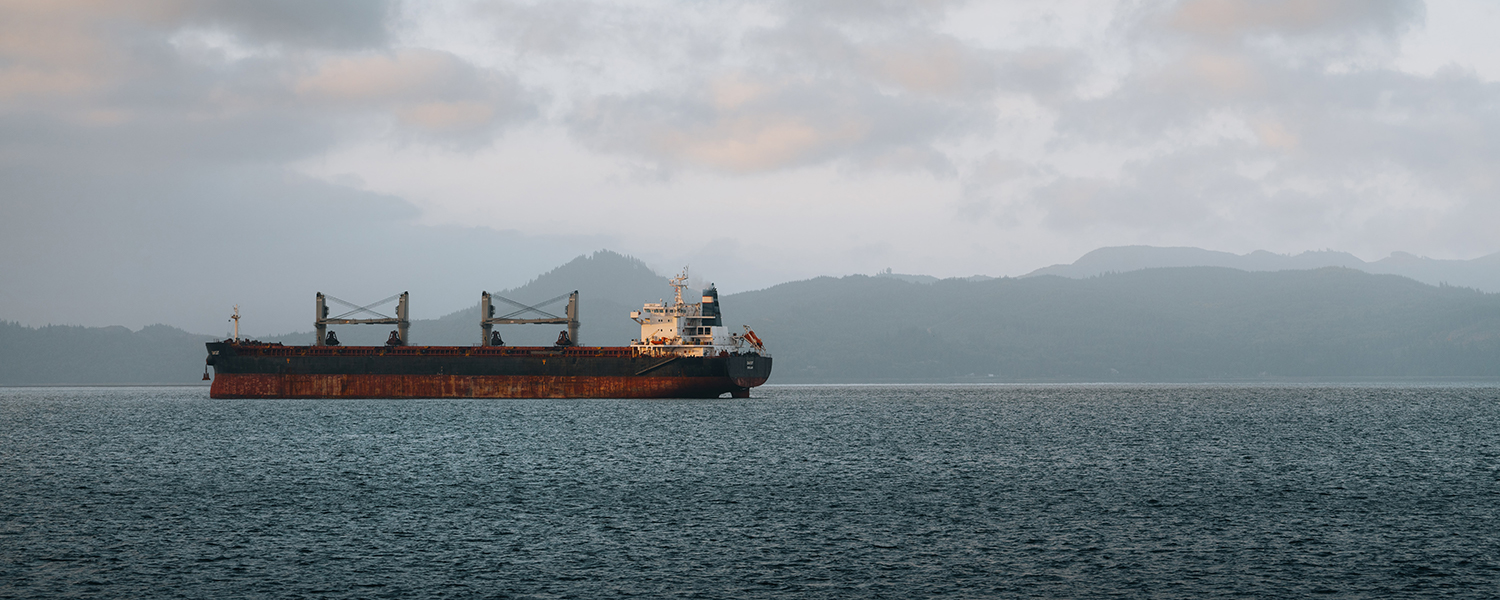Project
SCIPPER: Shipping Contributions to Inland Pollution Push for the Enforcement of Regulations

Completed project
Project start: May 2019 | Project end: April 2022Funder: EU H2020
Principal Investigator: Dr Tim Smyth
Other participants from PML: Dr Frances Hopkins, Dr Ming-Xi Yang, Dr Tom Bell
Website: https://www.scipper-project.eu/
The SCIPPER project deploys state-of-the-art and next-generation measurement techniques to monitor emissions of vessels under normal operation.
Shipping forms the largest global cargo transport mode, with more than 80% of total freight transported by sea. While vessels have a comparatively low fuel consumption per unit of cargo-distance, they produce high specific emissions of nitrogen and sulphur oxides and particulate matter.
International and regional regulations in place to control some of these emissions, both at sea and in port, but they can only be effective if vessels are regularly checked for compliance.
SCIPPER provides the evidence needed on the performance and capacity of different techniques for shipping emissions monitoring and regulations' enforcement. It also enables assessment of the impact of shipping emissions on air quality under different regulatory enforcement scenarios.
Work from PML's Western Channel Observatory will contribute to the project, where technology such as sniffers, drones and satellite imagery will be assessed for their ability to monitor emissions from ships as they pass into the English Channel and enter a Sulphur Emission Control Area with greater restrictions.
Impact
Work from PML's Western Channel Observatory will contribute to the project, where technology such as sniffers, drones and satellite imagery will be assessed for their ability to monitor emissions from ships as they pass into the English Channel and enter a Sulphur Emission Control Area with greater restrictions.